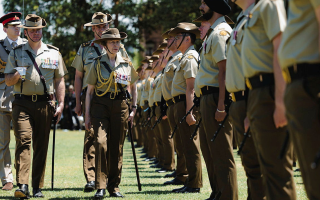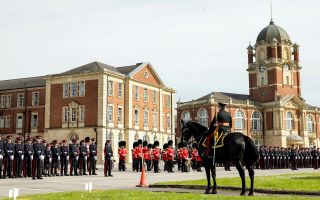Friends of steel? Russian and Chinese warships flex 'no-limits' partnership in Pacific drills
The Chinese and Russian navies are conducting joint artillery and anti-submarine drills in the Far East, off the coast of Vladivostok, the Russian Pacific Fleet has said.
In between the scheduled training, crews have enjoyed tours of each other's ships, as well as a friendly game of football on Russia's 'Dynamo' stadium.
The five-day exercise rehearsing coordination between the Russo-Sino Armed Forces is part of the no-limits strategic partnership between the two nations.
- Russia tipped to lose its only carrier as repair and refit work on Admiral Kuznetsov is halted
- How does China's new aircraft carrier stack up against the rest?
- Military hardware and drones on parade in Moscow's Red Square for Victory Day
The first stage of the training involved practising joint manoeuvring, establishing communications and repelling an air attack.
This was followed by "Maritime Interaction-2025", which involved rescue drills and anti-submarine warfare in the Peter the Great Gulf.
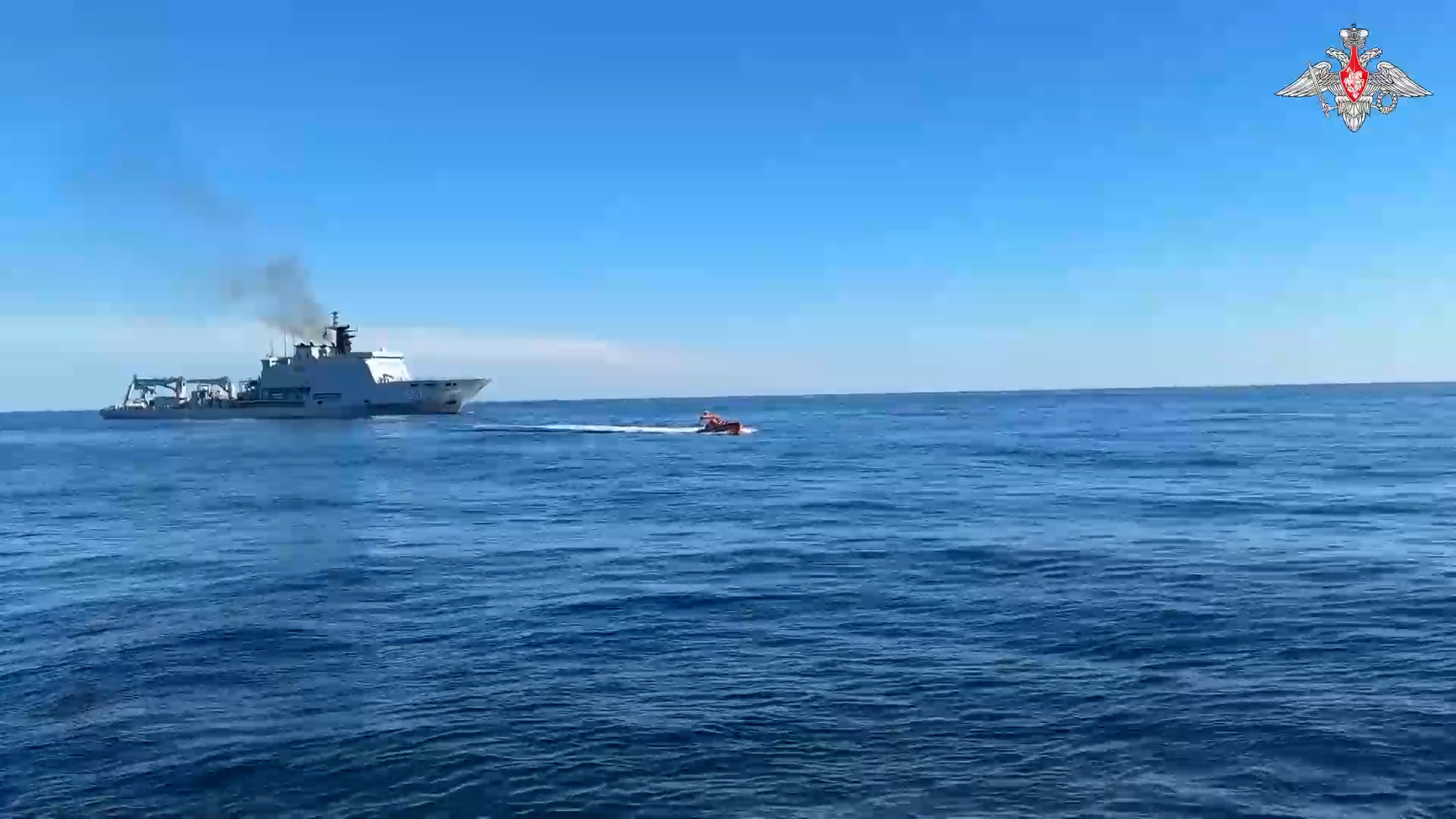
No-limits' partnership
The term "no-limits" partnership was first declared in February 2022, just weeks before Russia launched its full-scale invasion of Ukraine.
In a joint statement issued during Russian president Vladimir Putin’s visit to Beijing, the two sides pledged cooperation with "no forbidden areas," signalling alignment across military, economic and diplomatic spheres.
Since then, Russia and China have significantly expanded cooperation in fields including energy, tech, AI and space.
For the past three years, the two countries have been carrying out joint military drills.
Evgeni Pesotskiy, commander of the navigation combat unit of the Russian destroyer Admiral Tributs, told the Russian state television channel Rossiya that mutual understanding between the two navies has greatly improved over the past three years.
"This is reflected in the communication and in the manoeuvres," Cdr Pesotskiy said.
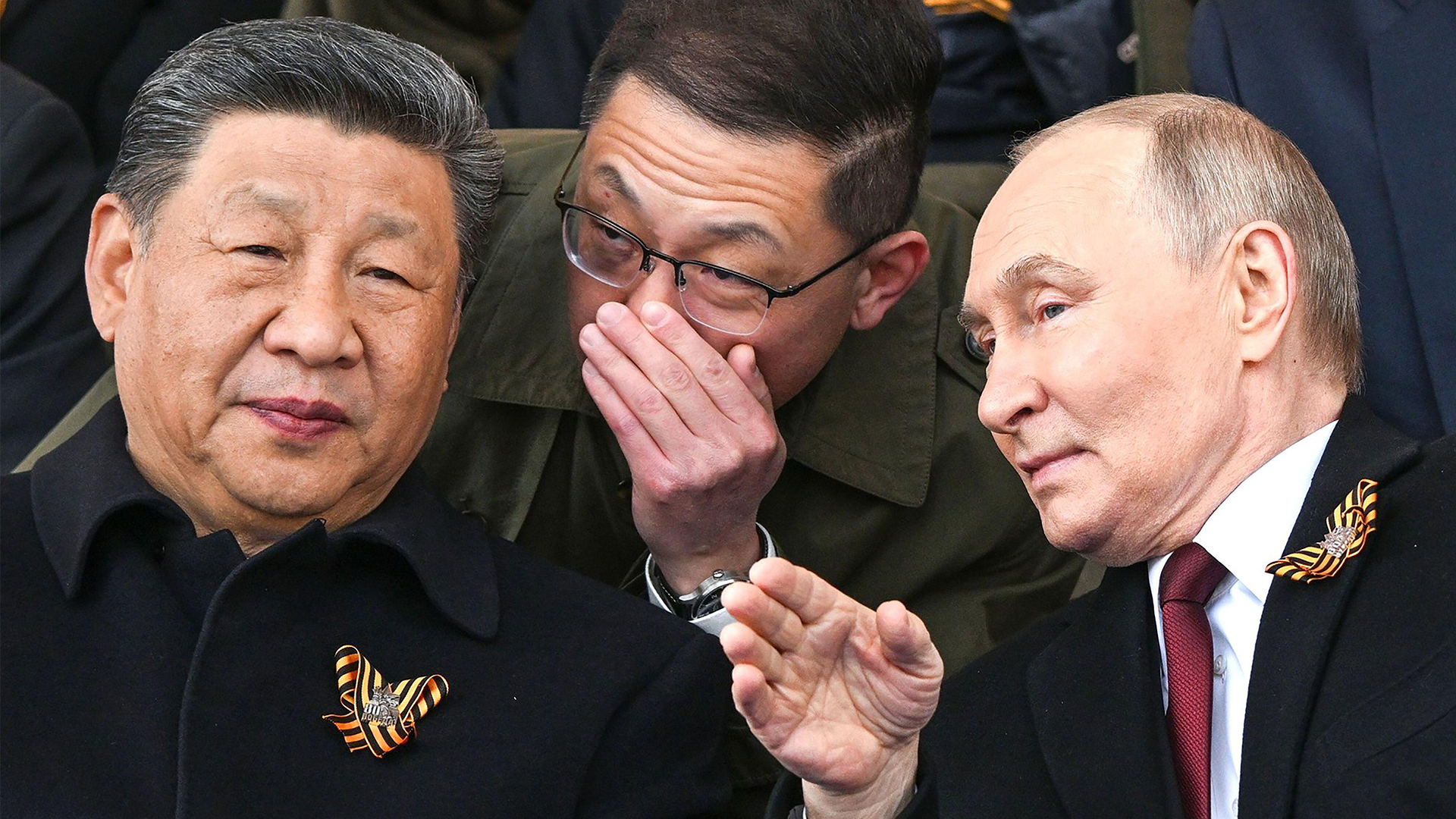
'Friends of steel?'
In May, Chinese president Xi Jinping attended Moscow's Victory Day Parade, which marked 85 years since the Allies won the Second World War.
Among almost 30 other foreign leaders, Mr Xi sat at Mr Putin's right-hand side, as guest of honour, watching tanks roll through Red Square.
During the state visit, President Xi described the bond between the two countries as "unbreakable" and said that Russia and China should be "friends of steel".
Russia was the first country that Mr Xi visited after he became president in 2013, and he has returned 11 times since. The two leaders have met on more than 40 occasions.
China sent 120 soldiers to participate in the parade, the largest foreign military contingent out of the 13 nations that participated.
Ukraine has called the presence of foreign troops in Moscow's parade "unacceptable", viewing it as symbolic support for Russia.
In April, Ukraine's president, Volodymyr Zelensky, accused China of knowing of at least 155 Chinese nationals fighting alongside Russian forces, as well as of supplying arms to Russia.
Beijing denied both accusations, saying that they were not supplying weapons to either side and urged Chinese citizens not to become involved in foreign conflicts.
China's condemnation of the war in Ukraine has been lacking, instead referring to it as a "crisis" and calling for an end to the fighting.
While China continues to position itself as a partner to Russia, it is also courting European leaders – offering its position as a new superpower as a stable counterweight to what some view as US president Donald Trump's unpredictable foreign policy.
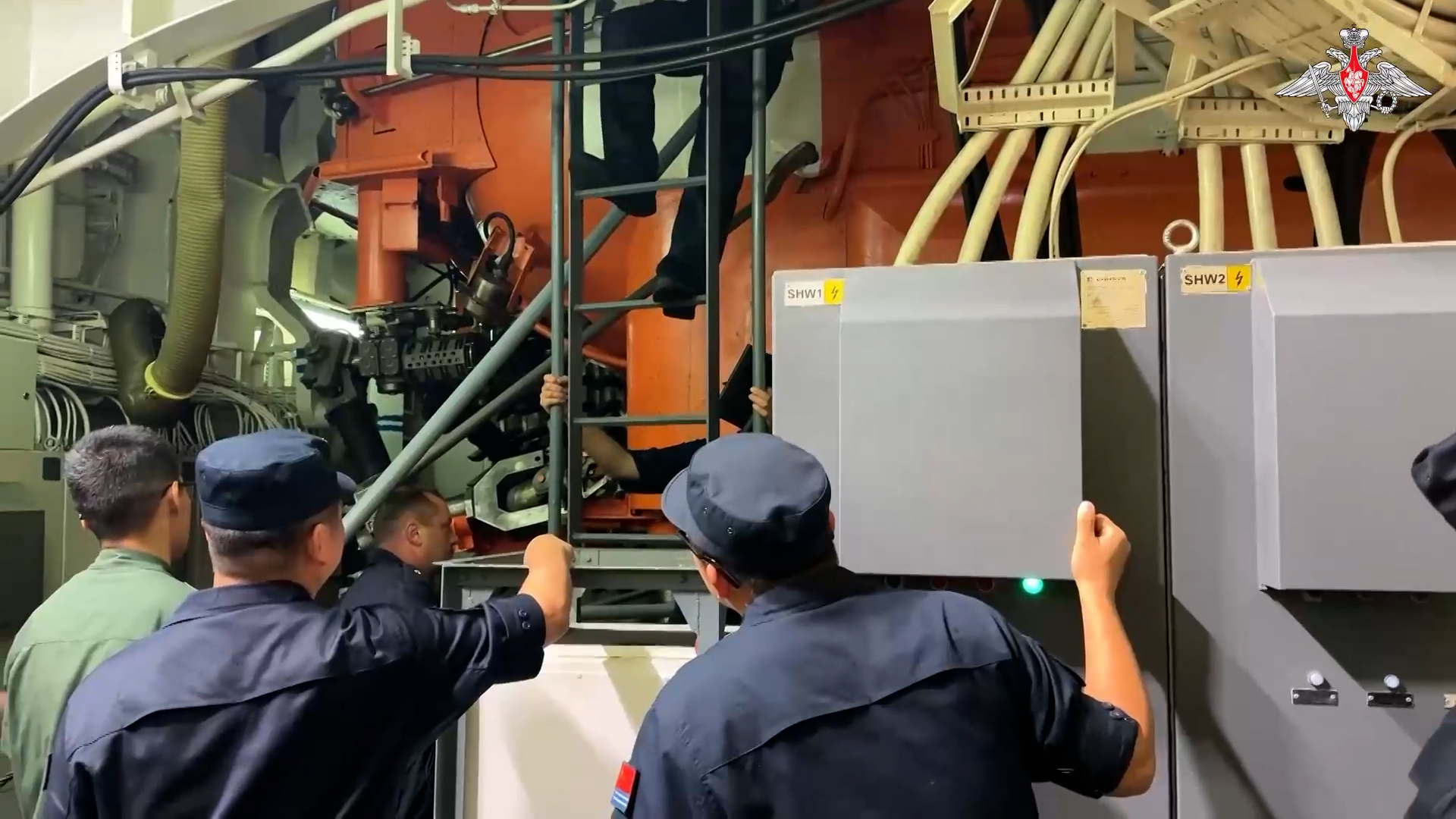
Not a partnership of equals
Russia's isolation on the global stage following the full-scale invasion of Ukraine has made Moscow more reliant on its powerful neighbour to the east for economic survival.
Under heavy sanctions over the past three years, Russia has grown accustomed to looking to China for the goods it used to get from Europe.
In the first year after the full-scale invasion, China provided Russia with about 40% of its total imports.
The following two years, bilateral trade shot up from $146.9bn to $240.1bn – an all-time high – as Chinese exports filled the vacuum of western products.
Meanwhile, Siberia has been feeding China's insatiable appetite for oil, gas and wood.



